Scientists redefine ‘planet’ to include exoplanets, and it works beautifully
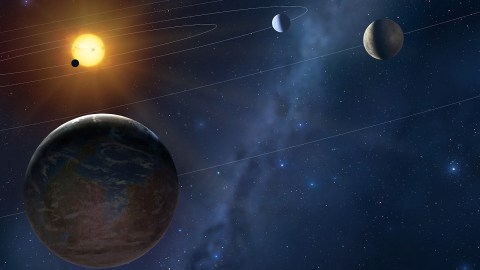
And the method teaches us just how far Pluto is from actual planethood.
“Some kind of celestial event. No — no words. No words to describe it. Poetry! They should have sent a poet. So beautiful. So beautiful… I had no idea.” –Dr. Ellie Arroway, Contact
For as long as most of us can remember, growing up, there were nine planets in the Solar System: Mercury, Venus, Earth, Mars, Jupiter, Saturn, Uranus, Neptune and Pluto. There was some vague notion we had that Pluto was unique, since there were four inner, rocky worlds, four large, gas giants out beyond them (with an asteroid belt in between), and finally Pluto, a cold, lonely, icy world out beyond them all.

That was the Solar System we all knew, at least until the 1990s, when the first objects in the Kuiper Belt — a theoretical disk filled with icy bodies — began to be discovered. As the decades unfolded, a great number of objects out there began to be discovered, including Sedna, which was nearly as large as Pluto, and then Eris, which turns out to be even larger. By 2006, it became clear that Pluto was not only not unique, but was only one member of a class of objects that was likely filled with dozens or even hundreds of Pluto-like objects.
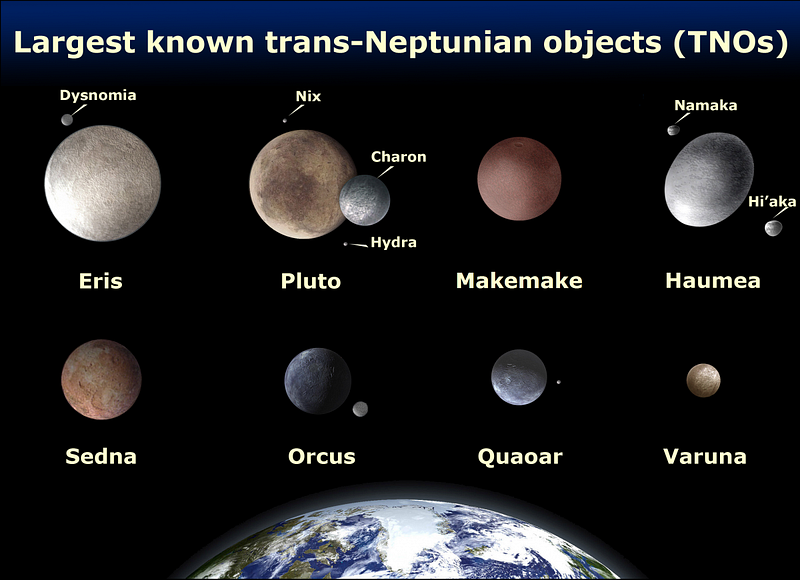
In 2006, the International Astronomical Union (IAU), the governing body for “official” astronomical definitions, decided to define what it meant to be a planet for the very first time. This definition was deemed necessary, since previously it had been obvious: the large, round bodies orbiting the Sun, not including asteroids or moons. But with the new discoveries around our own Sun — including potential Oort cloud objects — something had to be done. Here’s what the three criteria were:
- is in orbit around the Sun (and not any other body like another planet),
- has sufficient mass for its self-gravity to overcome rigid body forces so that it assumes a hydrostatic equilibrium shape (round, or oblate/prolate in the case of a rapid rotation), and
- has cleared the neighborhood around its orbit (so that there are no other comparably large bodies also in/near its orbit).
This was enough to give us eight planets in the Solar System, which was a good classification system, as the four inner worlds and the four gas giants clearly possessed properties that the other bodies did not.
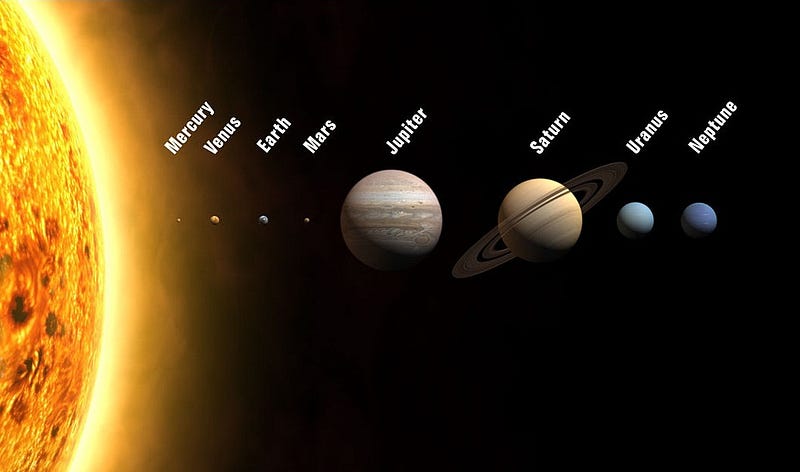
But it missed something vital: also beginning in the 1990s, we started to discover planets around stars other than our own: extra-solar planets, or exoplanets. They’re in orbit around other suns, and so they’re planets in their own right. But by the first definition that the IAU set forth, they’re therefore not planets. Even if we’re generous, and we simply change “the Sun” to “a star” in that first criterion, there are major difficulties with the other criteria.
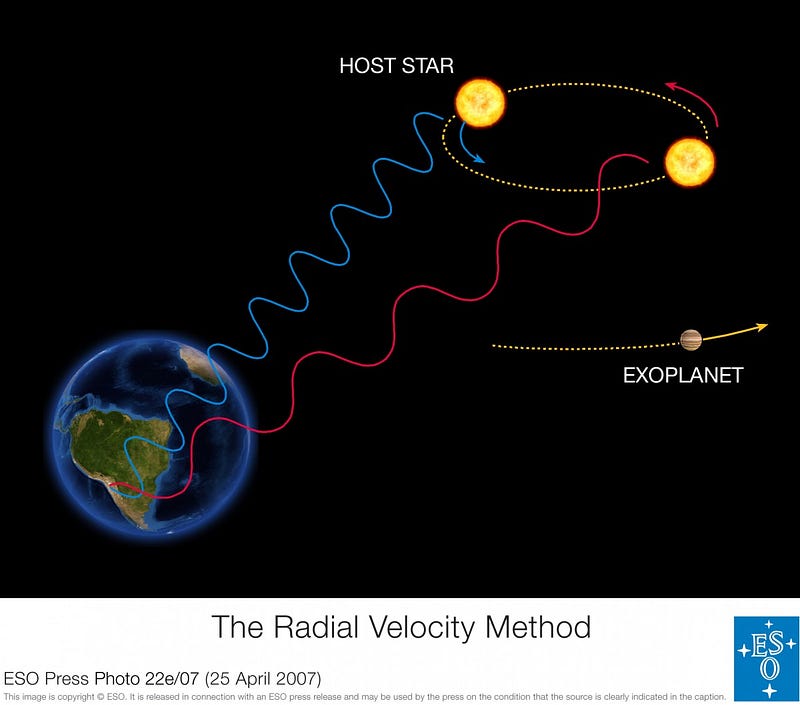
Consider how difficult exoplanet detection is: so far, our primary methods of detection are the stellar wobble method (where the gravity from a planet perturbs the motion of a star) and the transit method (where a planet passes in front of the star, blocking a small fraction of its light), but we’re a long way from directly imaging the vast majority of planets, much less imaging them at sufficient resolution to determine their shape!
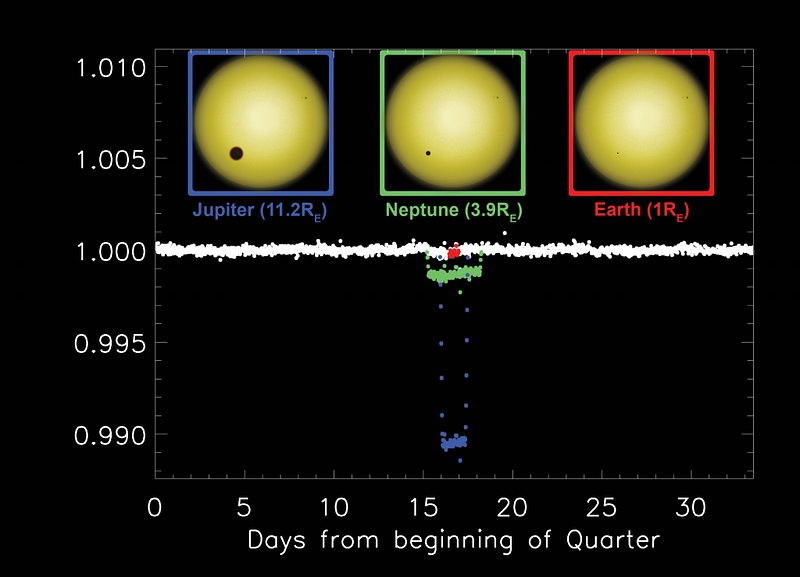
In addition, we have very little hope of identifying how “clear” a planetary orbit is. Unless there’s a substantial amount of dust or a debris disk around a star, the presence of a belt of planetary bodies would be very elusive to even our best methods of detection.
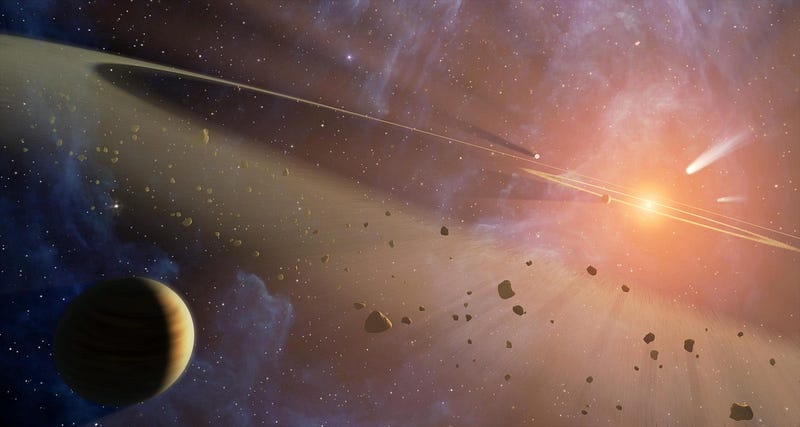
But all hope isn’t lost! UCLA professor Jean-Luc Margot, earlier today, proposed a new planetary test that can be performed on any planet around any star with just three easy to measure parameters:
- the mass of the planet,
- its orbital distance/period around its parent star, and
- the lifetime of the planetary system in question.
By using these three pieces of information, one can determine with better than 99% accuracy whether a body satisfies the three IAU criteria.
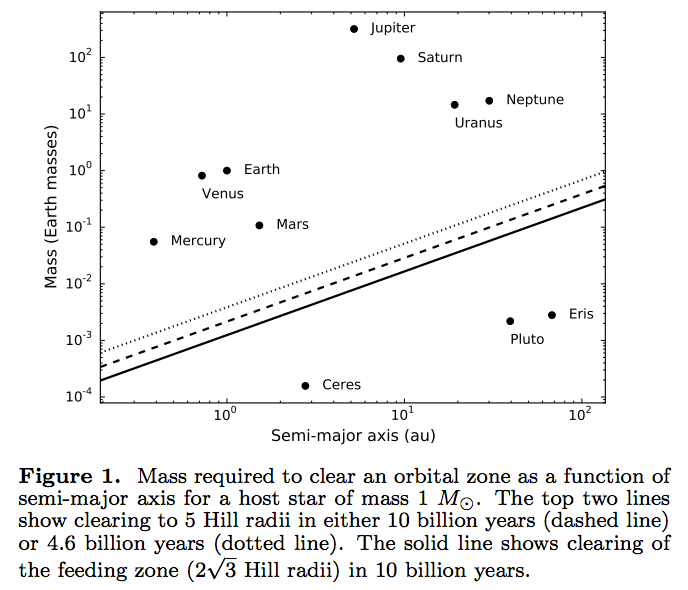
For our Solar System, the delineation between a “planet” and a non-planet is very clear, with Mars the closest to being a non-planet (yet still being one by a wide margin), while Ceres, Pluto and Eris would require our Solar System to be many thousands of time its present age in order to clear their orbits. One of the more fun facts to come out of this: if we had only the Moon but not the Earth orbiting the Sun, it would (barely) be a planet on its own!
When we apply this test to both the Kepler data and the exoplanet data for non-Kepler planetary candidates, we find that (so far) every single one passes that test.
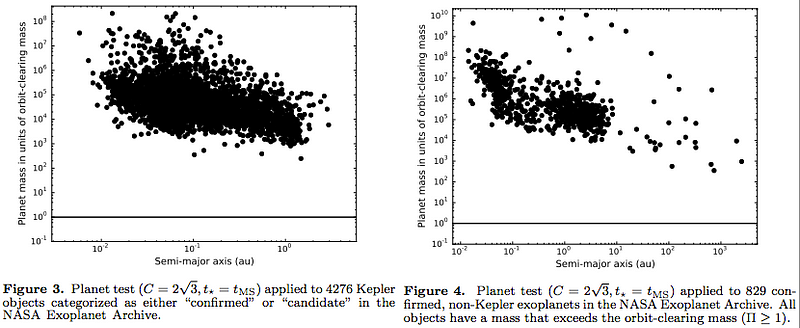
This is no surprise! Our current detection techniques are biased towards the largest, most massive planets that are closest to their parent stars: the easiest case for satisfying those three IAU criteria. This is a tremendous advance, and should allow planetary definitions to be applied to pretty much any system discovered moving forward for the foreseeable future. As Margot rightly says,
One should not need a teleportation device to decide whether a newly discovered object is a planet.
Thanks to this test, not only won’t we need one, we likely won’t need the IAU, either.
Leave your comments on our forum, support Starts With A Bang! on Patreon (where we’re less than $100 from our next reward), and pre-order our first book, Beyond The Galaxy, today!





